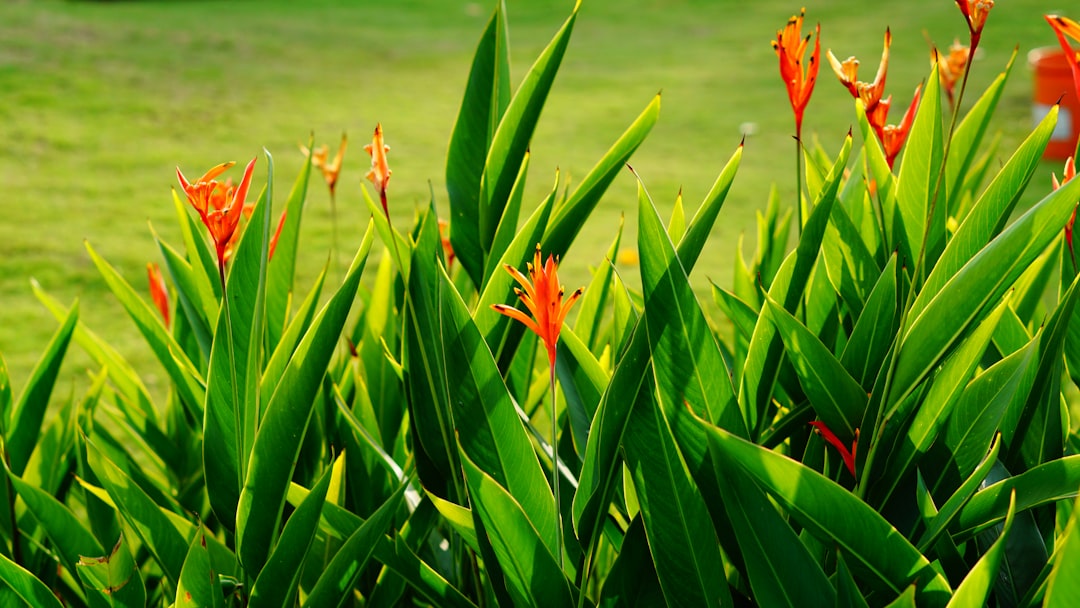The Ever - Blooming Wonder in Your Garden

Gardening is a rewarding hobby that allows us to connect with nature and create beautiful outdoor spaces. Among the many plants that can grace a garden, shrubs play a vital role in adding structure, color, and texture. One such remarkable shrub is the camellia, a plant that defies the typical seasonal limitations with its almost year - round blooming.
The camellia is a genus of flowering plants in the family Theaceae. Native to eastern and southern Asia, these shrubs have been cultivated for centuries for their stunning flowers and ornamental value. What makes the camellia truly special is its ability to bloom even during the cold months, bringing a splash of color to an otherwise dull winter landscape.
There are several species and cultivars of camellias, each with its own unique characteristics. The most common types are Camellia japonica, Camellia sasanqua, and Camellia sinensis. Camellia japonica is known for its large, showy flowers that come in a variety of colors, including white, pink, red, and variegated forms. These flowers can be single, semi - double, or fully double, adding to their visual appeal. Camellia sasanqua, on the other hand, has smaller, more delicate flowers and is often used for hedges or as an understory plant. Camellia sinensis is the plant from which tea is made, but it also has attractive flowers.
When it comes to growing camellias, they prefer a partially shaded location with well - drained, acidic soil. They are relatively low - maintenance plants, but they do require some care to thrive. Regular watering, especially during dry periods, is essential. Mulching around the base of the plant helps to retain moisture and keep the roots cool. Fertilizing with a slow - release, acid - loving fertilizer in the spring and fall can also promote healthy growth and abundant flowering.
Pruning is another important aspect of camellia care. It is best to prune camellias immediately after they finish blooming. This allows the plant to set new buds for the next season. Pruning can help to shape the plant, remove dead or diseased branches, and improve air circulation, which reduces the risk of fungal diseases.
In addition to their aesthetic value, camellias also have some practical uses. The oil extracted from camellia seeds is used in cosmetics and skincare products due to its moisturizing and anti - inflammatory properties. In some cultures, camellia flowers are used in traditional medicine for their supposed health benefits.
When incorporating camellias into your garden, you can use them in a variety of ways. They can be planted as specimen plants, where their beauty can be showcased on its own. They also work well in mixed borders, where they can be combined with other shrubs, perennials, and annuals to create a diverse and colorful display. For a more formal look, camellias can be used to create hedges or topiaries.
Overall, the camellia is a wonderful addition to any garden. Its ability to bloom almost all year, even in the cold months, makes it a standout plant. Whether you are an experienced gardener or just starting out, growing camellias can bring a sense of joy and beauty to your outdoor space. With proper care and attention, these shrubs will reward you with their stunning flowers for years to come.
So, if you are looking to add some color and interest to your garden, consider planting camellias. They are not only beautiful but also relatively easy to grow, making them a great choice for gardeners of all levels. Embrace the wonder of the camellia and watch as it transforms your garden into a year - round paradise.